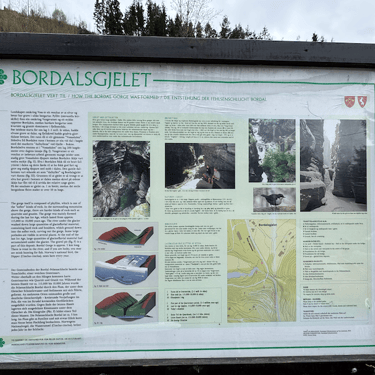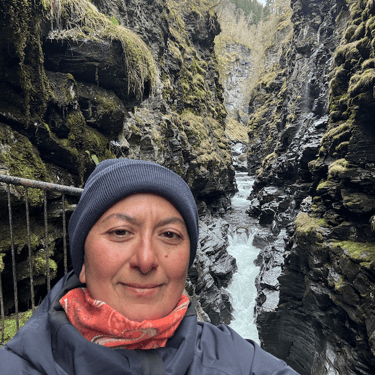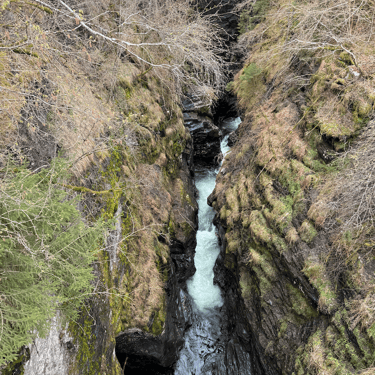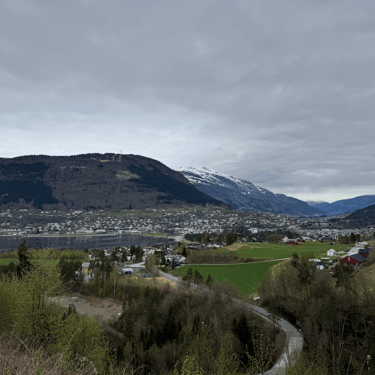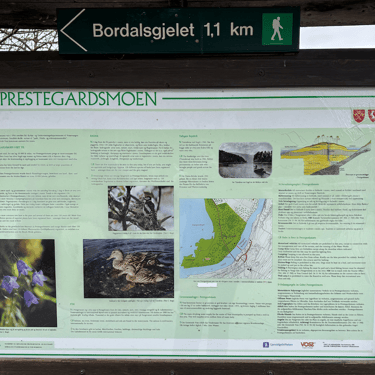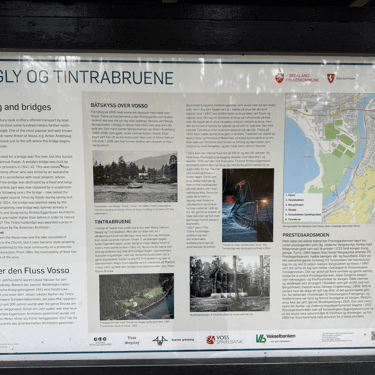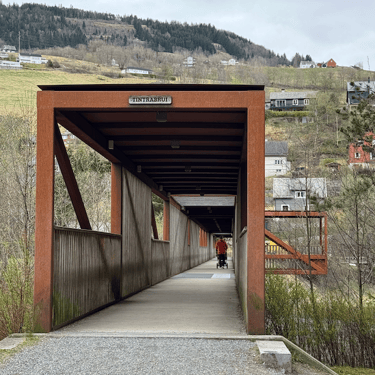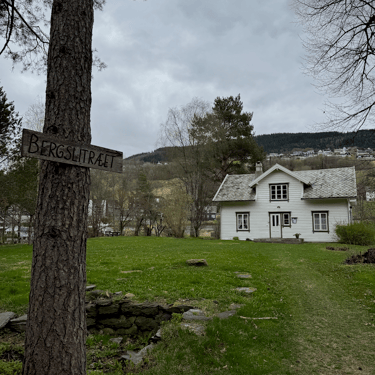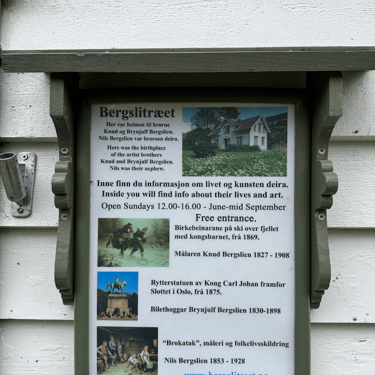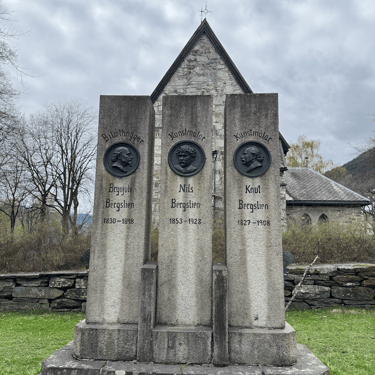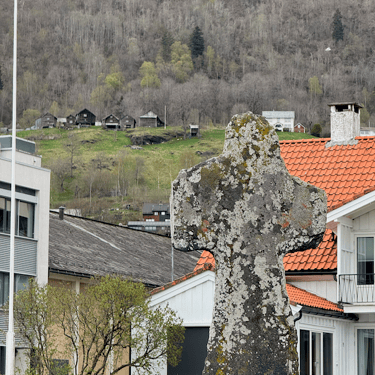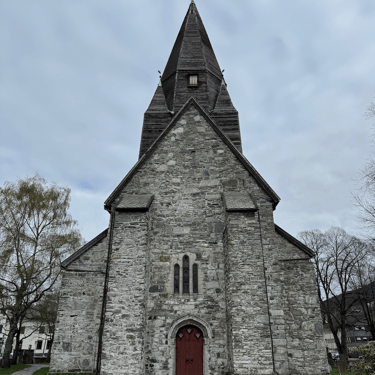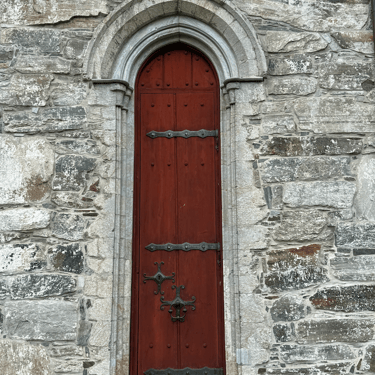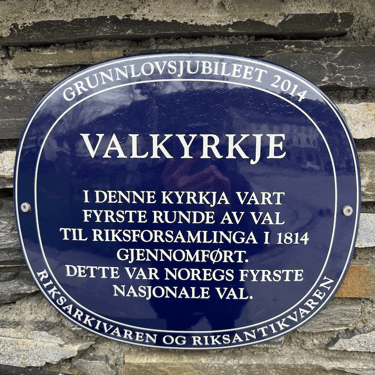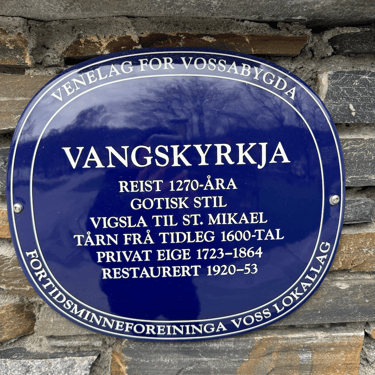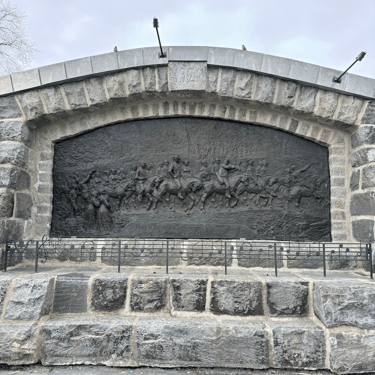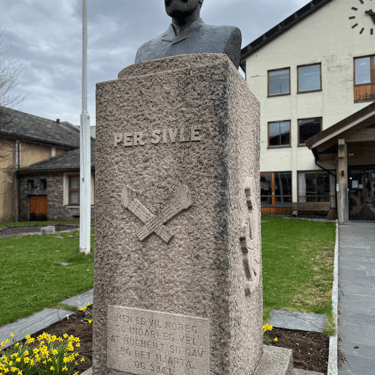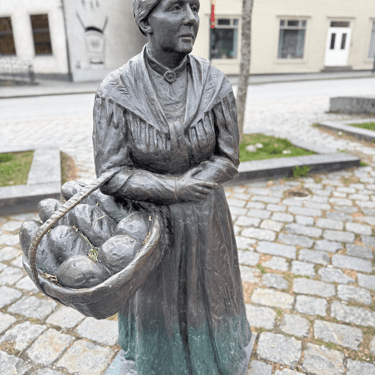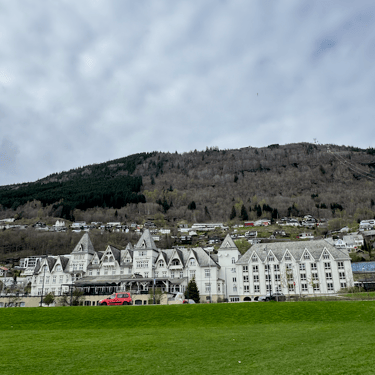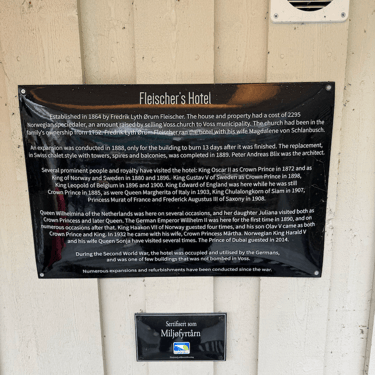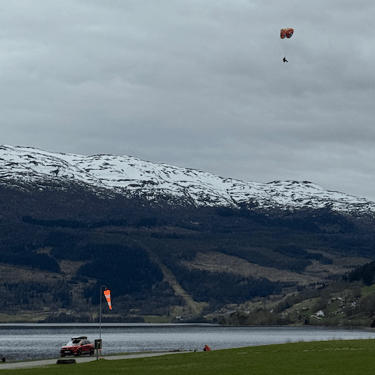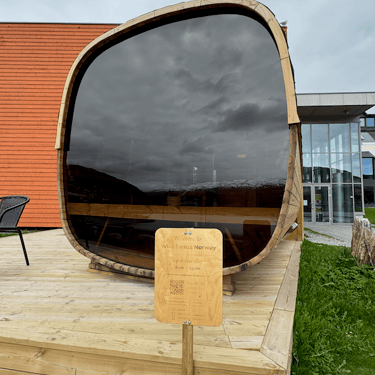Discover Voss, Norway: History, Culture, and Adventure in the Fjords
Explore the best of Voss in Western Norway—a town rich in Viking heritage, medieval landmarks, and world-class adventure sports. Visit iconic sites like Voss Church and Fleischer’s Hotel, ride the Voss Gondol to breathtaking mountain views, and dive into traditional culture at Voss Folkemuseum.
NORWAY
Zayera Khan
4/21/20254 min read
Voss: A Cultural Gem in the Heart of Fjord Country
Voss, located in Vestland County in Western Norway, is much more than a scenic stop between Bergen and the fjords. This small town, surrounded by mountains, lakes, and rivers, boasts a rich history, vibrant cultural heritage, and a reputation as one of Norway’s top destinations for both adventure sports and historical exploration.
A Brief History of Voss
The region of Voss (Vangsvatnet valley) has been inhabited since the Stone Age, and archaeological finds show traces of settlements dating back over 6,000 years. Voss became an important cultural and religious center in pre-Christian times, and several Viking Age burial mounds have been found in the area.
In 872 AD, after the Battle of Hafrsfjord, Harald Fairhair united Norway. Voss remained an inland stronghold.
In the 11th century, King Olav Haraldsson (Saint Olav) played a central role in converting the people of Voss to Christianity, according to legend by striking down the local chieftain with his axe.
The Middle Ages saw the construction of Voss’s stone church and the establishment of farms, trading centers, and cultural life that still shape the town today.
Voss Church (Vangskyrkja) – A Medieval Marvel
Built around 1271, Voss Church (Vangskyrkja) is a stunning example of medieval stone architecture. This Romanesque-Gothic church replaced an earlier wooden church and was likely built by local craftsmen using soapstone.
The church is still in active use today.
Features a baptismal font from the 1200s, and intricate medieval wall carvings and pulpit.
Local legend says it was built on the orders of King Haakon V.
It sits near the lake Vangsvatnet, with the town square and cultural sites nearby.
Fleischer’s Hotel – A Touch of Swiss Grandeur
One of Norway’s most famous historical hotels, Fleischer’s Hotel, opened in 1864 and reflects the Swiss chalet style that was fashionable in 19th-century Europe. Built by Fredrik Lyth Ørum Fleischer, it quickly became a popular destination for royalty, artists, and early European travelers.
Emperor Wilhelm II of Germany
King Oscar II of Sweden and Norway
Prominent early mountaineers and tourists
Today, Fleischer’s Hotel remains a symbol of elegant tradition and hospitality, combining historic interiors with modern comforts. It's also located next to the Voss train station, making it ideal for visitors arriving on the scenic Bergen Railway.
Voss Folkemuseum – Preserving Rural Heritage
Located at Mølstertunet, the Voss Folkemuseum offers a living window into rural Norwegian life from the 17th to 19th centuries. The farmstead contains original buildings, traditional interiors, and exhibitions highlighting:
Folk costumes (bunad)
Traditional tools and crafts
The story of Vossa kvanne, a heritage medicinal plant
The museum’s main exhibition, A View of Voss, traces the development of the region over 500 years.
Nature and Activities in Voss
While Voss is rich in culture, it is equally known for nature and adventure. Voss is famous for:
Paragliding and skydiving – known as Norway’s adrenaline capital.
Ekstremsportveko – the world’s largest extreme sports festival held every June.
Voss Gondol – Norway’s most modern gondola, taking visitors from the town to the top of Mount Hanguren (820 m) in under 9 minutes.
Hiking and skiing – A hub for both summer and winter sports, with access to nearby trails and ski resorts like Voss Resort and Myrkdalen.
Traditions and Culture
Voss is a stronghold of Nynorsk language and culture, and the town has a rich tradition of:
Folk music and the Hardanger fiddle
Storytelling and sagas from Viking and medieval times
Local food heritage, including traditional dishes like smalahove (salted, smoked sheep’s head), and kvanne-flavored breads or liqueurs.
Interesting Facts About Voss
The name "Voss" possibly derives from the Old Norse word vǫrr, meaning “meadow” or “clearing.”
Voss has produced several Olympic athletes and is a major hub for freestyle skiing and snowboarding.
The local dialect, Vossamål, is considered highly traditional and has been preserved remarkably well.
Voss is a stop along Norway in a Nutshell, the famous scenic route combining train, bus, and fjord cruise.
Getting to Voss
By train: On the Bergen Railway (Bergensbanen), Voss is 1h 15min from Bergen and around 5h from Oslo.
By car: Voss lies along E16, a major road connecting the Oslo region to Western Norway.
By bus or tour: Common stop for visitors heading to the Nærøyfjord (UNESCO World Heritage site) or Flåm Railway.
Sources:
Voss Kommune: www.voss.herad.no
Visit Norway: www.visitnorway.com
Visit Voss: www.visitvoss.no
Voss Folkemuseum: www.vossfolkemuseum.no
Store Norske Leksikon: www.snl.no
On Monday, April 21st, I spent my first free day exploring Voss, a charming town nestled between mountains and lakes in Western Norway. This scenic and historically rich area offers far more than just postcard views—it’s a place where Norway’s national identity, art, and nature come together.
Bordalsgjelet Gorge – Nature’s Sculpture
My first excursion led me to the dramatic Bordalsgjelet Gorge (Bordalsgjelet), just a short walk from the town center. This deep ravine, carved by meltwater and glacial forces over thousands of years, features a stunning waterfall and informative signs explaining the geological formation of the gorge.
Bergslitræet – Honoring the Bergslien Brothers
Next, I visited Bergslitræet, a small but fascinating museum housed in the Bergslien family home. This site celebrates Knud and Brynjulf Bergslien, two of Norway’s most influential national romantic artists who were born and raised in Voss.
Knud Bergslien, a painter, is best known for the iconic artwork Birkebeinerne (1869), which portrays the dramatic rescue of infant Prince Haakon during the Norwegian civil wars—a symbol of national endurance.
Brynjulf Bergslien, a sculptor, created some of Norway’s most famous statues, including the bronze monument of King Karl Johan in front of Oslo’s Royal Palace, unveiled in 1875.
Sightseeing, Sauna, and Scenic Spots
As I continued my walk, I noticed how well-integrated nature and leisure are in Voss. The local camping site is beautifully located, with access to outdoor activities and even an activity park for families and sports enthusiasts. Nearby, I spotted a modern sauna by the lake, located just in front of the Park Hotel—the perfect way to unwind after a hike or ski day.
Per Sivle and St. Olav’s Cross
Voss is also home to monuments honoring Per Sivle, a beloved 19th-century Norwegian writer and poet who captured the spirit of rural life and national pride. Not far away, the St. Olav’s Cross in Vossevangen commemorates King Olav II Haraldsson, later canonized as Saint Olav, who played a pivotal role in bringing Christianity to Norway in the 11th century.
